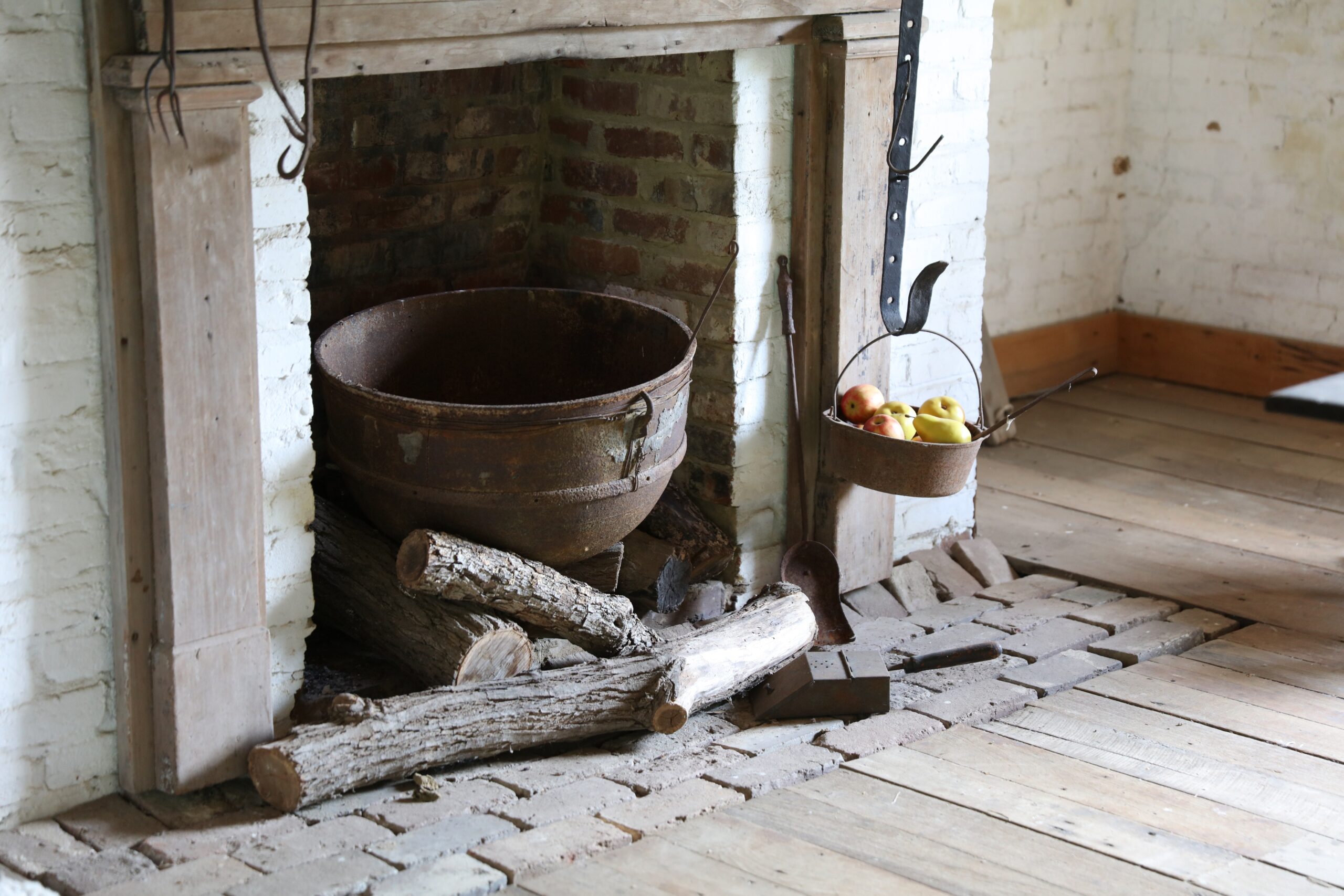If you’re a homeowner with a love for the antique things in life, you may have purchased a house with an old fireplace. Sure, your classic fireplace has huge aesthetic value, but there’s one problem – it’s not functional. If this is the case, you need to be aware of how your fireplace can be restored to its former glory. This process must be treated with care, so make sure you’re informed to ensure that you don’t damage your fireplace if you’re trying it on your own. Keep reading to learn how your beautifully unique fireplace can be remade as the centerpiece of your home.
Study Your Fireplace
The first step in completing a quality restoration is maintaining a good understanding of what your fireplace offers you. Depending on how old your fireplace is, you may have a few different factors to think about.
For starters, not all fireplaces were designed to burn wood when they were built. Some used coal as a heat source for the whole house, so there may be holes in the chimney that will need to be filled. Examine the brickwork and plug up any central heat openings before you get started.
If your fireplace has been through a lot, there will almost always be soot damage that will weaken the stone or brick that makes up your fireplace. Be sure to give your chimney and fireplace a good inspection so that you can get the soot stains cleaned up.
Choose Your Fuel
Now that you have your fireplace cleaned and ready for renovation, get ready to make adjustments so it’s safe and functional. The initial part of this process is picking your fuel types or inserts for your fireplace.
If you’re looking to make your fireplace compatible for wood-burning, make sure you get a wood-burning insert and doors that can be fixed into the opening of the fireplace. Not only is this method energy-efficient, but it also provides a brilliant aesthetic that creates a cozy, welcoming environment in your home.
If you want to opt for the gas fuel method, get gas inserts or gas logs to light up your home. Gas fueling is a very popular style as it takes far less effort to maintain than wood-burning. With gas fuel, you don’t need an ashtray or doors, so cleaning is vastly easier. In addition, you can control gas fireplaces by remote, so you don’t even need to go through the struggle of lighting your fires.
A final option for your fireplace would be to keep the antique spirit alive. If you’re looking for a more historical feel, you can install craftsman-style inserts that maintain the old nature of the fireplace while simultaneously providing modern efficiency. These builds normally come with cast iron faces that have decorative plates to make your home feel authentic and sophisticated.
Make Your Repairs
Now for the hard work. When restoring your antique fireplace, you need to make sure you pay attention to the details so that you don’t compromise the safety of your home. The finished product of the restoration process is an exciting prospect, but don’t rush over the little things in order to get there faster.
If your chimney is composed of brick, check and ensure that everything is still structurally sound. Replace any crumbling brick and mortar, as any damage in your chimney, could put your home’s safety at risk. Also, be sure that your chimney is lined and insulated before using your fireplace. These components provide a much-needed heat barrier and prevent the buildup of any dangerous leftovers from burning.
Make sure your inserts are installed properly so you don’t experience cold drafts from the outdoors when your fireplace is not in use. Check on your flue to see if it’s working as it should and fill in any cracks or obvious damages to the exterior of your fireplace. If you have small children in your home, smooth out any rough edges that your fireplace may have.
Secure Your Safety
Now that your fireplace is in pristine condition, all that’s left to do is to make sure it’s operating safely. Run tests in your home to ensure that your fireplace is not emitting harmful chemicals such as carbon monoxide, and call an expert to inspect your fireplace to make sure everything is running properly. Professionals can investigate and prevent potential flue leaks so that you don’t experience heat loss in your home.
After the renovation process is complete, the best way to keep your fireplace safe is by cleaning it regularly. Scrub your doors and keep the ashtray empty if you have those, and keep your chimney clear, no matter what type of inserts you have. Make the effort to have your fireplace inspected annually to ensure the best possible safety for your home and family.
If you have a fireplace that needs restoring or other home designs that you want to be finished, reach out to the experts for help. Contact Ray Arnold Masonry today for all your masonry needs – let’s get your home projects started now!

